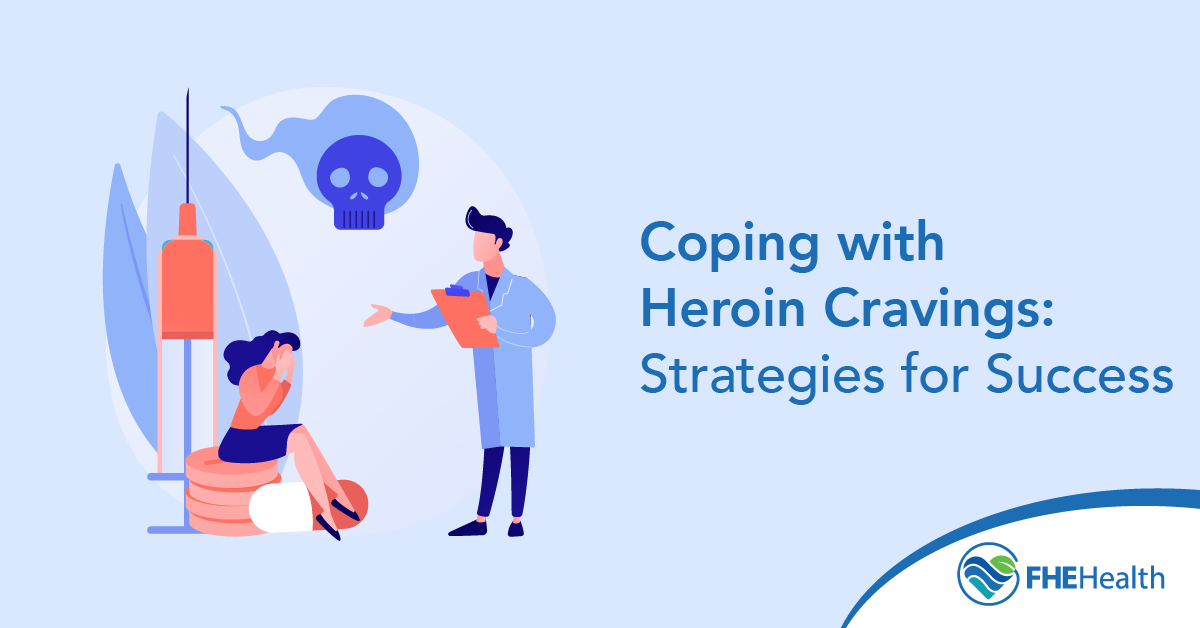
For many people in recovery from heroin addiction, cravings are the most difficult challenge they face. The intense urges to go back to drug use can feel overwhelming, especially during the early days of treatment. However, it’s important to remember that cravings aren’t a sign of weakness or moral failure, but a normal part of the healing process.
In this guide, we explore why heroin cravings happen and what individuals can do in the moment to manage them. We also look at long-term strategies that support lasting recovery.
Understanding Why Cravings Happen
A variety of triggers and factors cause heroin cravings. These include drug-related changes in brain chemistry, being around certain people or places, and physical symptoms of heroin withdrawal. By understanding why heroin cravings occur, individuals in rehab can learn to anticipate and manage them.
The Science Behind Heroin Cravings
Heroin cravings aren’t just about willpower but are linked to how heroin changes the brain. This drug hijacks the brain’s reward system, causing a rush of dopamine that lays the groundwork for repeated use and dependence. After just a few uses, this dopamine surge creates a powerful association between heroin use and feeling good, teaching the brain to seek the drug.
Over time, regular heroin use changes the brain’s function and structure. The brain begins to rely on the presence of heroin to release dopamine and regulate mood. As a result, the individual no longer feels pleasure from the things they used to enjoy. Eventually, the only time they experience happiness is when they use the drug.
During heroin withdrawal, the individual experiences a crash in their dopamine levels. This leads to intense cravings as the brain becomes distressed and seeks to restore balance.
Triggers That Lead to Cravings
For most people in recovery, cravings also come from environmental triggers. Some of the most common triggers include stress and boredom, which can prompt the brain to seek relief from discomfort. Additionally, the people and places an individual associates with drug use can trigger cravings. These environmental cues can spark intense urges, even years after the individual has stopped using heroin.
Because triggers vary from person to person, it’s important for an individual in recovery to identify their personal environmental and emotional cues. Recognizing what sets off their cravings can help them proactively cope and reduce their risk of relapse.
The Role of Heroin Withdrawal in Cravings
Especially in the early days of recovery, individuals experience uncomfortable heroin withdrawal symptoms as their bodies and brains are relearning how to function without the drug. At this point, the risk of cravings and relapse is highest due to chemical imbalances in the brain. Since heroin artificially floods the brain with dopamine, abruptly stopping use can cause anxiety, irritability, and intense cravings.
These withdrawal symptoms are physical and psychological, leading to discomfort and powerful cravings that the brain seeks to relieve with heroin use. This cycle makes the early withdrawal period one of the most challenging times for people recovering from heroin addiction.
Immediate Coping Techniques
Because heroin cravings are a reality for those in recovery, it’s important to develop coping techniques and strategies for managing them. While these techniques don’t put an end to cravings, they can give individuals the motivation and strength they need to ride them out.
Grounding Techniques and Mindfulness
For many, focusing on the present can help manage cravings that occur throughout the day. For example, deep breathing, the 5-4-3-2-1 technique and mindfulness exercises can provide a distraction from heroin cravings. These can help the individual find the mental strength they need to ignore heroin cravings until they naturally subside.
Physical Distractions
Using physical activity to shift focus away from cravings is an effective way to manage them in the moment. Exercises such as walking, running, and stretching can provide the brain with the dopamine boost it’s seeking, while engaging in tasks such as cleaning and cooking offer a sense of purpose and accomplishment.
Identifying Safe People to Call
When experiencing strong cravings, it’s important to have a go-to list of people to call. Support systems are crucial when heroin cravings feel overwhelming. Talking to someone can be a great distraction while also providing accountability and encouragement, helping the individual break the craving cycle.
Long-Term Strategies to Prevent Relapse
While it’s important to develop strategies for dealing with heroin cravings in the moment, making key lifestyle changes can help individuals proactively reduce the frequency of cravings.
Establishing a Routine
Creating a gentle daily routine provides structure and stability and offers a sense of control and predictability essential during early recovery. A consistent schedule helps reduce idle time, which is often a trigger, and it eliminates some of the mental chaos that often accompanies heroin withdrawal. Following a schedule for sleep, meals, self-care, and recovery-based activities may not eliminate cravings in heroin addicts, but it can help make them feel more manageable.
Avoiding High-Risk Situations
Avoiding high-risk situations that will inevitably lead to heroin cravings is an effective way to prevent relapses. Depending on the individual’s history of drug use, this might include specific people, places, or activities, as well as emotionally charged arguments and known stressors.
Avoidance isn’t about living in fear but about protecting progress. While boundaries may change over time as the individual experiences fewer cravings and becomes more confident in their ability to resist temptation, it’s important to be realistic about potential risks and triggers and to make decisions that support long-term recovery.
Nutrition and Exercise
Proper nutrition and regular exercise are key to rebuilding health after a heroin addiction. Not only do they help repair the damage caused by drug use, but they stabilize the individual’s mood and can reduce the intensity of heroin cravings over time.
For example, eating regular, balanced meals keeps the individual’s blood sugar in check and reduces irritability, while regular exercise boosts endorphins and improves the quality of their sleep. These benefits support sobriety and help the individual feel stronger, more energized and more able to handle the discomfort of heroin withdrawal.
Building a Strong Support System
Support systems offer encouragement and accountability while helping individuals combat the sense of isolation that often accompanies recovery. For those managing heroin withdrawal, peer support groups, friends and family can make all the difference by providing a safe space to share struggles, celebrate progress and find motivation.
The Power of Peer Support
Peer groups can help normalize heroin cravings and offer a space where individuals feel understood and accepted. Programs such as 12-step groups, SMART Recovery and other peer-led communities provide structure and accountability while giving members opportunities to share struggles and victories. These connections are especially valuable during moments of struggle, providing support from those who’ve experienced similar challenges.
Family and Friends in Recovery
Trusted family members and friends can provide emotional support and practical assistance for those in addiction recovery. Even if they don’t have firsthand experience with addiction, they can take steps to learn about this medical condition and find meaningful ways to support the individual in their journey.
The Role of Therapy and Medication
Lifestyle changes and strong support systems are invaluable for lifelong recovery, but for most people, they aren’t enough to effectively manage heroin cravings in addicts. Addiction is a disease that profoundly affects the body and the brain, and for most people, therapy and medication are important tools for recovery.
Some of the most effective forms of professional treatment include:
- Cognitive behavioral therapy: CBT can help individuals identify and challenge the thought patterns that lead to cravings, helping them decrease their intensity while finding ways to cope.
- Medication-assisted treatment: MAT features FDA-approved medications that reduce cravings and withdrawal symptoms, helping the individual maintain sobriety.
- Holistic therapies and alternative options: Art therapy, acupuncture and meditation complement traditional treatment and can support individuals experiencing heroin cravings during recovery.
Find Help with Heroin Cravings with FHE Health
Heroin cravings are a normal part of recovery, with individuals experiencing them months or even years after their last use. Fortunately, these cravings are manageable with the right tools and support. Seeking professional help is one of the most effective ways to maintain sobriety, offering individuals the tools they need to make meaningful and lasting changes.
At FHE, we offer evidence-based support for individuals ready to heal from heroin addiction. If you or a loved one is struggling with heroin withdrawal or cravings, we’re here to help. Contact us today to learn about the tailored support we provide each step of the way.






